SUMMARY
This is AI generated summarization, which may have errors. For context, always refer to the full article.
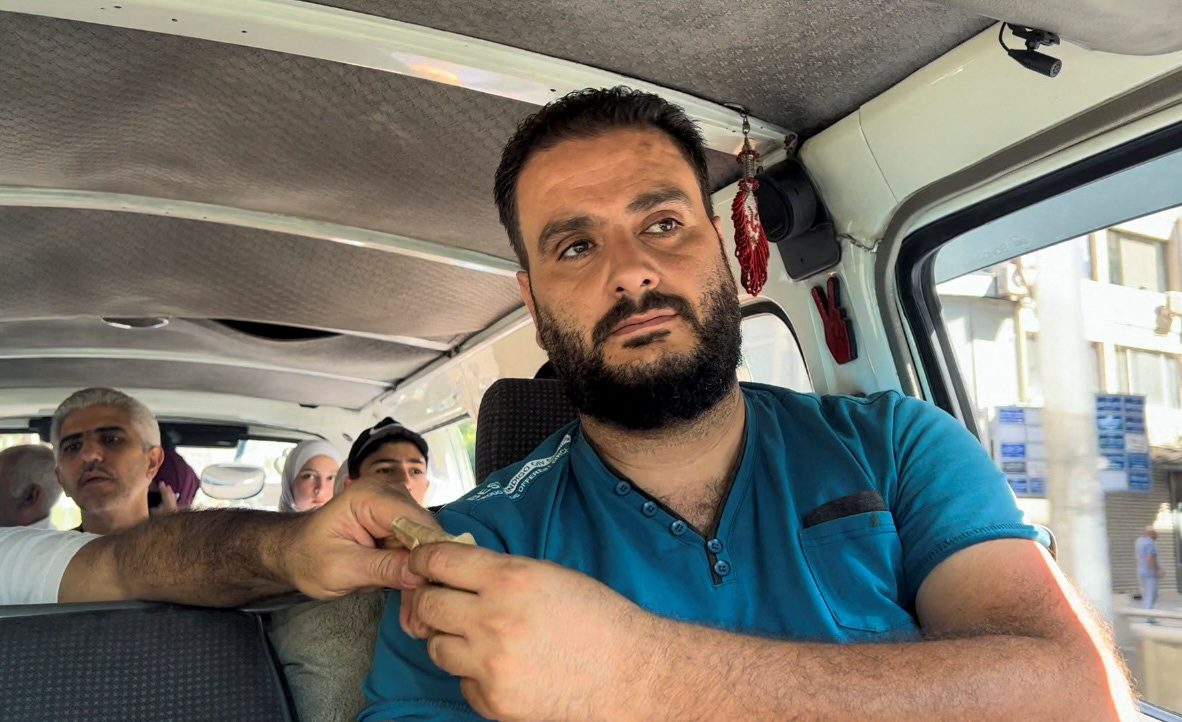
DAMASCUS, Syria – Damascus minibus driver Khaled al-Hassi remembers a time when he could fill his tank with cheap fuel to drive passengers across the Syrian capital and take home enough money for food, drink, and a comfortable life.
Now spiraling fuel costs and a collapsing currency mean he is left at the end of a busy day with just $2 or $3, assuming there is fuel available so he can work.
“Some days the diesel they give us isn’t enough for half a day,” Hassi said, driving passengers along Mazraa street in central Damascus.
He charges passengers 200 pounds, or less than 5 US cents, for each ride and says only 30% of that ends up as earnings. “If I make 40,000 in a day, I’m left with 12,000 Syrian pounds – what’s that worth? Nothing.”
After a decade of conflict in Syria, the struggle for taxi and minibus drivers to make a living has got tougher every year, Hassi says. Russia’s invasion of Ukraine and the surge in world energy prices have made it even more acute.
Two weeks ago authorities hiked fuel prices, more than doubling the cost of subsidized gasoline to 2,500 pounds a liter. Taxis and minibuses are allocated 30 liters of subsidized fuel per day, with diesel for minibuses in the capital now restricted at weekends.
While the drivers struggle to make a living, fewer people can afford the cost of a taxi ride.
Sidra, a 17-year-old high school student, said she walked to school because the 25,000-pound return taxi fare was twice her mother’s daily earnings and no other transport was available.
Exhausted by the long distances in the morning and evening, she failed her class. “One of the main reasons she failed was the transport,” said her mother Umm Mohammed, who makes a meager living selling charcoal for nargilehs, or shisha pipes.
Umm Mohammed also carries out her errands across the city by foot to save money.
The fuel price rise was the latest measure by authorities who have restructured subsidies on fuel, bread, and other goods, and reduced the number of beneficiaries at the same time in an effort to ease the strain on government revenues.
In the 11 years since Syria’s conflict erupted, the local currency has collapsed from 47 against the US dollar to around 4,300 on the informal market – or barely 1% of its pre-war value.
“It is a real crisis and the problem is this is not the end of it,” said Haid Haid, consulting associate fellow at London’s Chatham House. “Everything has become super expensive and the purchasing power has gone down significantly.” – Rappler.com
Add a comment
How does this make you feel?


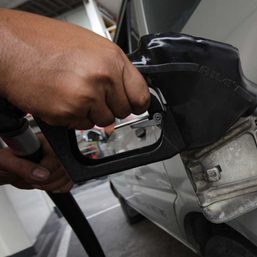
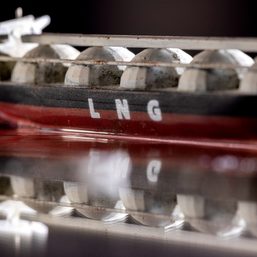

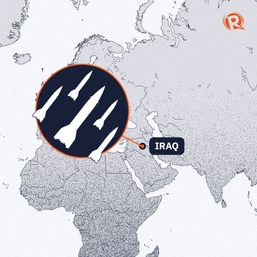

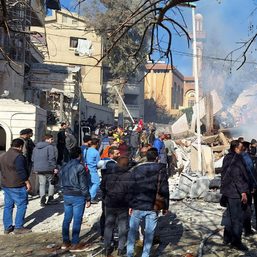

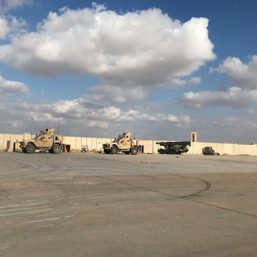
There are no comments yet. Add your comment to start the conversation.